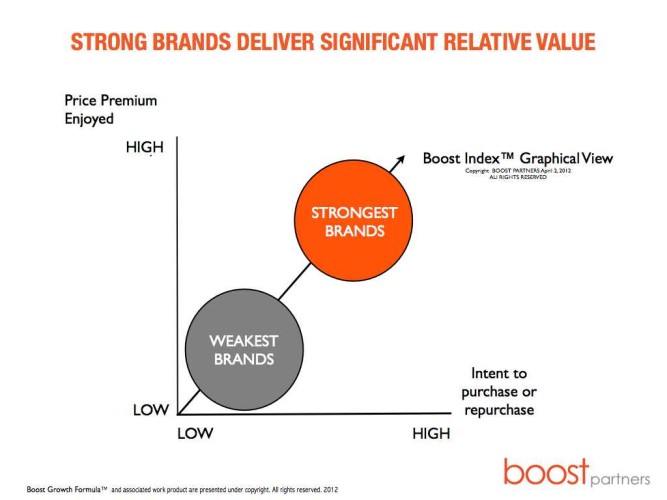When companies find their growth falling behind goals or, worse yet, investor expectations, executives frequently turn to rebranding as a possible solution. If what leaders mean by rebranding is something more than a new advertisement or refreshed logo, they are on the right track. Messaging initiatives are only one component of how a customer comes to know a company. Often, leading with messaging is the tale wagging the dog.
Take, for instance, Yahoo.
The company’s “30 Days of Change” campaign is, despite the headlines, not “rebranding.” Referring to it in this way misunderstands what a a brand is. Simply put, a brand in not what you SAY about yourself, it is what a large group of customers collectively FEEL about you. Individuals collect over time a very broad range of inputs about what a company or a product stand for. The sum of these Customer Experiences (“Cx”) inform an individual’s gut feeling. And when those gut feelings are widely held, you have a brand– for better, or worse.
Yahoo’s brand isn’t mainly about its logo (which is a form of messaging– a component of Cx). It’s about it’s services and their relevance, whether personal or social. Interestingly, it may be the case that the sum of Yahoo’s parts– it’s non-Yahoo branded investments like Alibaba and Tumblr– may be more powerful than the whole under a Yahoo banner. What the 30-day campaign is about is setting the stage for a conversation around the brand Yahoo which, from all indications, will be founded on new substance– in particular, a dramatically refocused set of mobile offerings. In the end, a new logo is quite unlikely to revive Yahoo’s growth. Yahoo is simply hoping to warm the audience to a “new” Yahoo that will emerge as, they hope, more appealing products are introduced over the next 24 months.
There are three key questions any company must ask when examining their customers’ experiences and their brand impact:
1. Who are we?
2. What do we do?
3. Why do we matter?
Think of these questions from the outside in. Who do OUR CUSTOMERS think we are? What do OUR CUSTOMERS think we do for them (this is often something quite different than simply the sale of product or service)? And, most importantly, if you were to disappear overnight, what would OUR CUSTOMERS feel? What would they miss? Anything at all?
If Yahoo was gone overnight, what would you miss? How would you replace the services from Yahoo you now utilize? For many core (and dated) Yahoo services, legions of substitutes exist. But if you run a blog on Tumblr, your alternatives are more limited and your switching costs higher. That’s why Mayer, from a Customer Experience perspective, knows she has to work on the product through acquisitions and acqui-hires. The 30 Days of Logos is just setting the table. The meat has to follow, or Yahoo will be having one poorly attended dinner party.
What do your customers deeply value that you provide at least a little bit better than anyone else? What would they miss if you are gone? If you need to accelerate growth, think about Cx broadly, then narrow in on those few touch-points where you can out-perform your competition. Invest in strategy and operational fulfillment along those dimensions. Once you are delivering superior Customer Experience, you will have a compelling story to tell.


